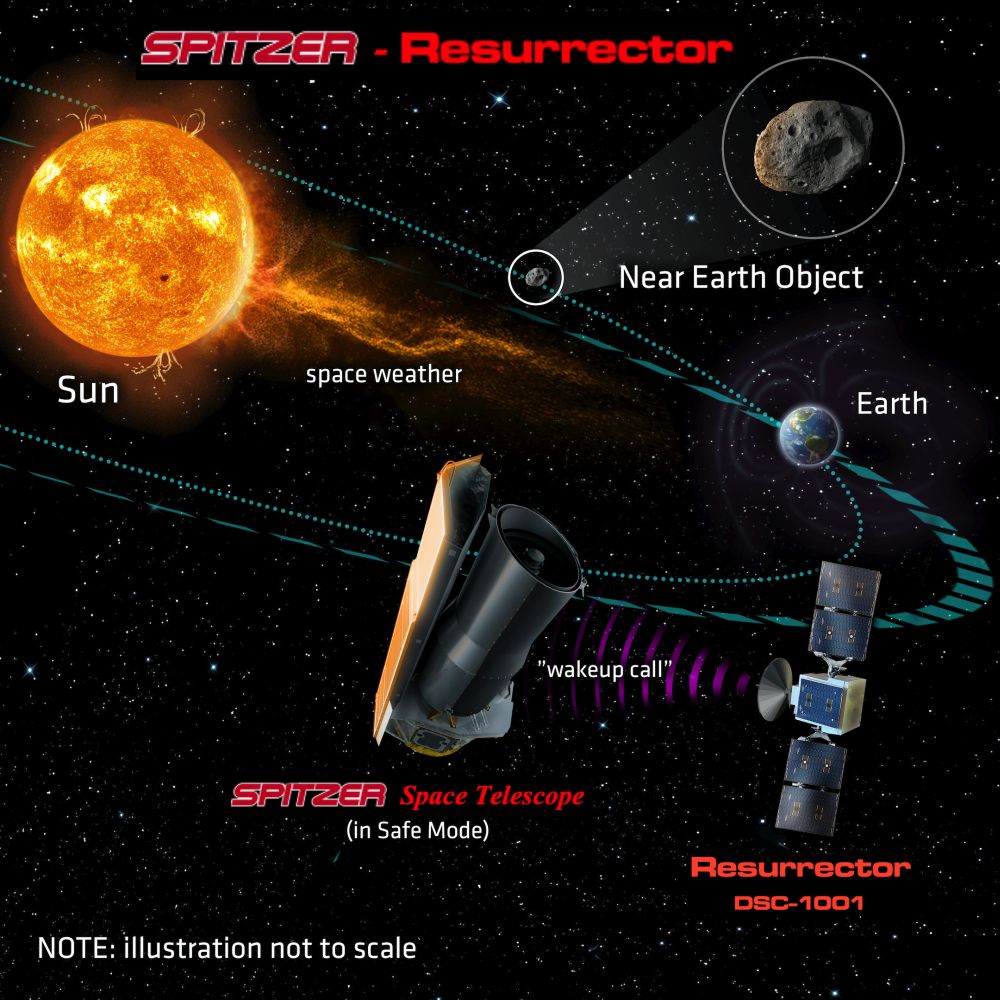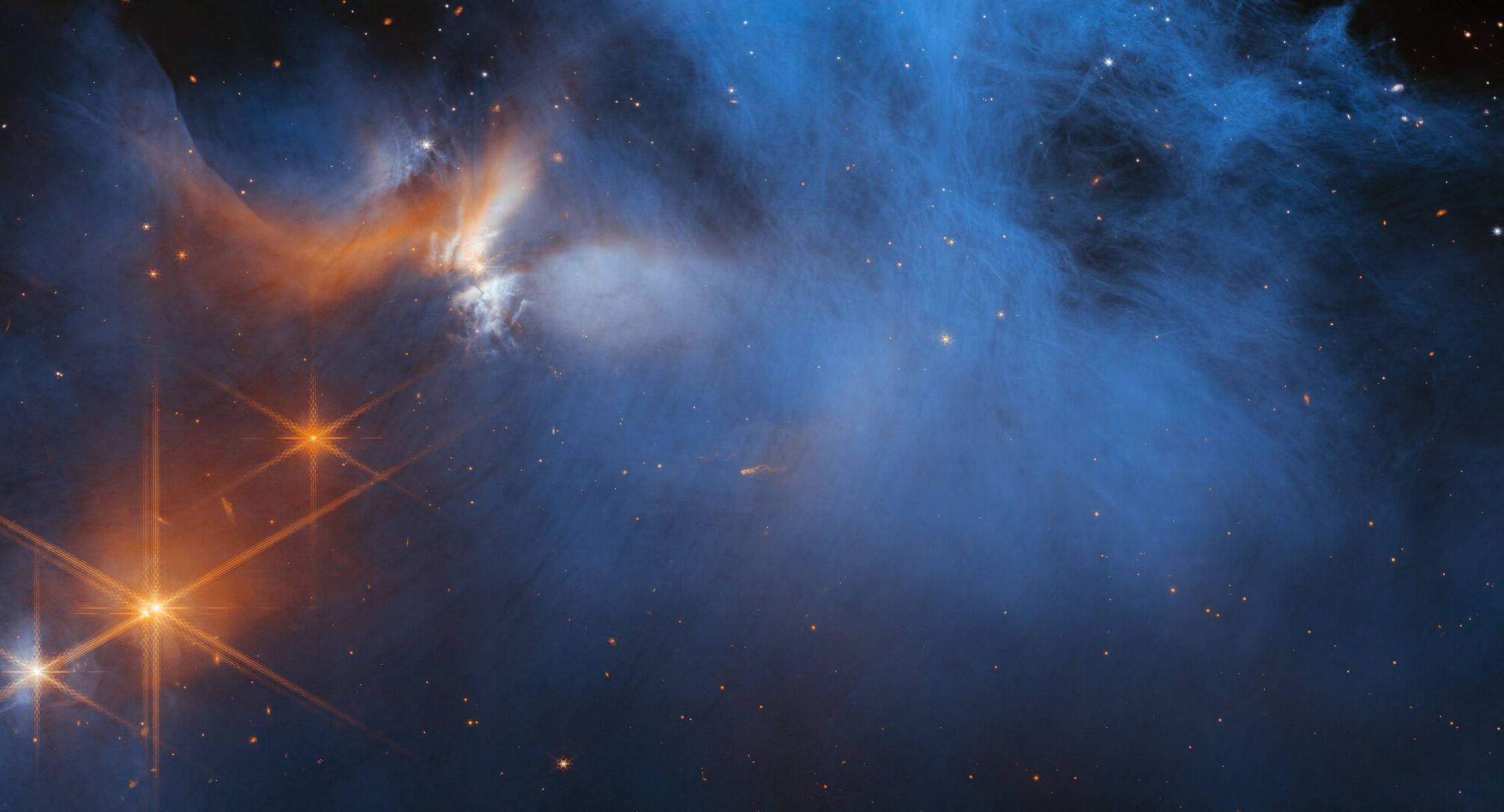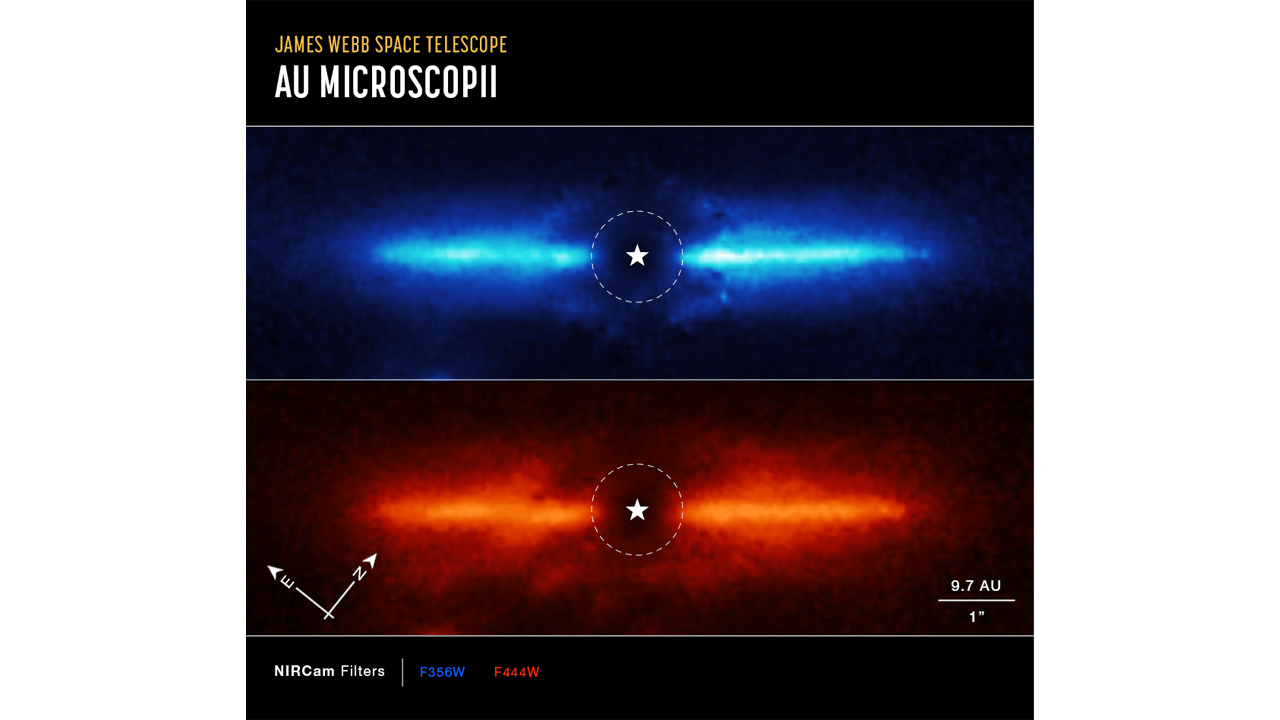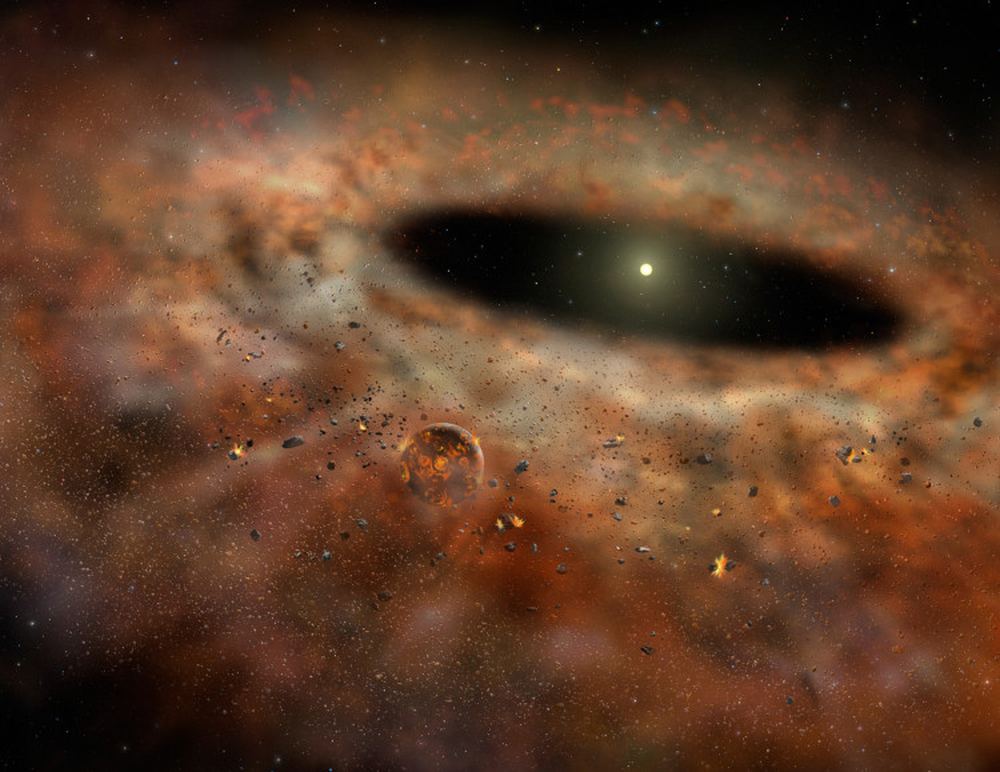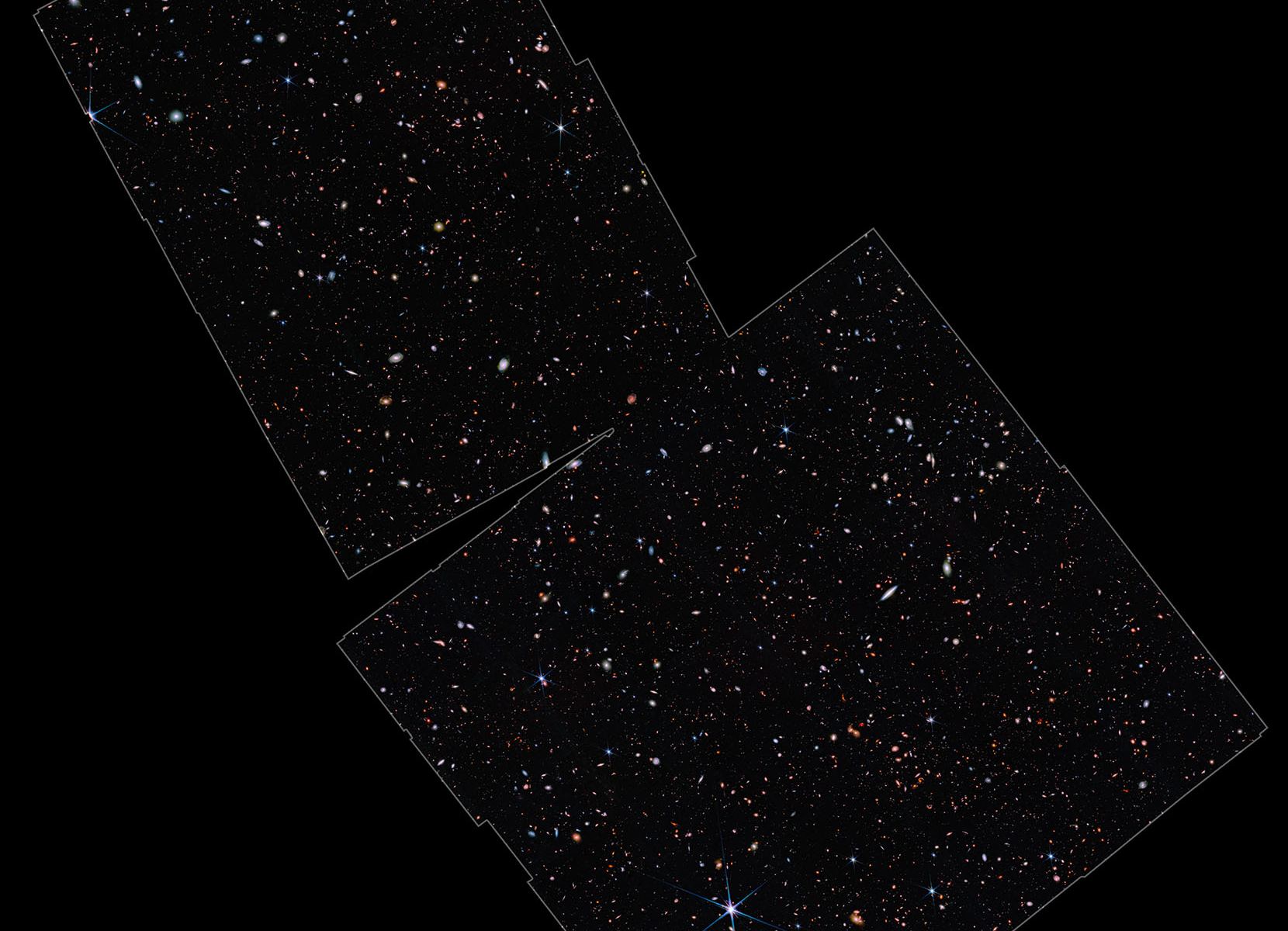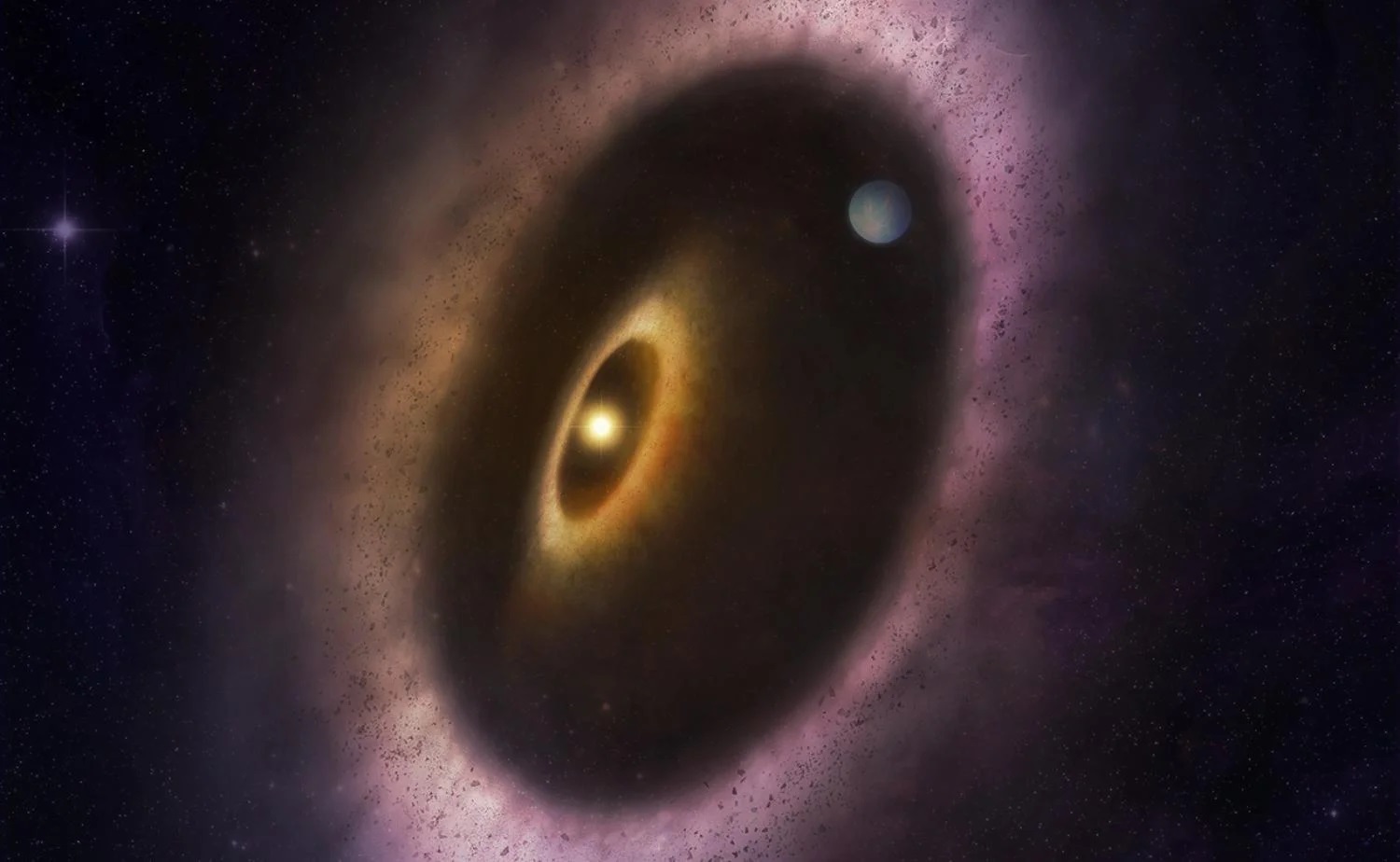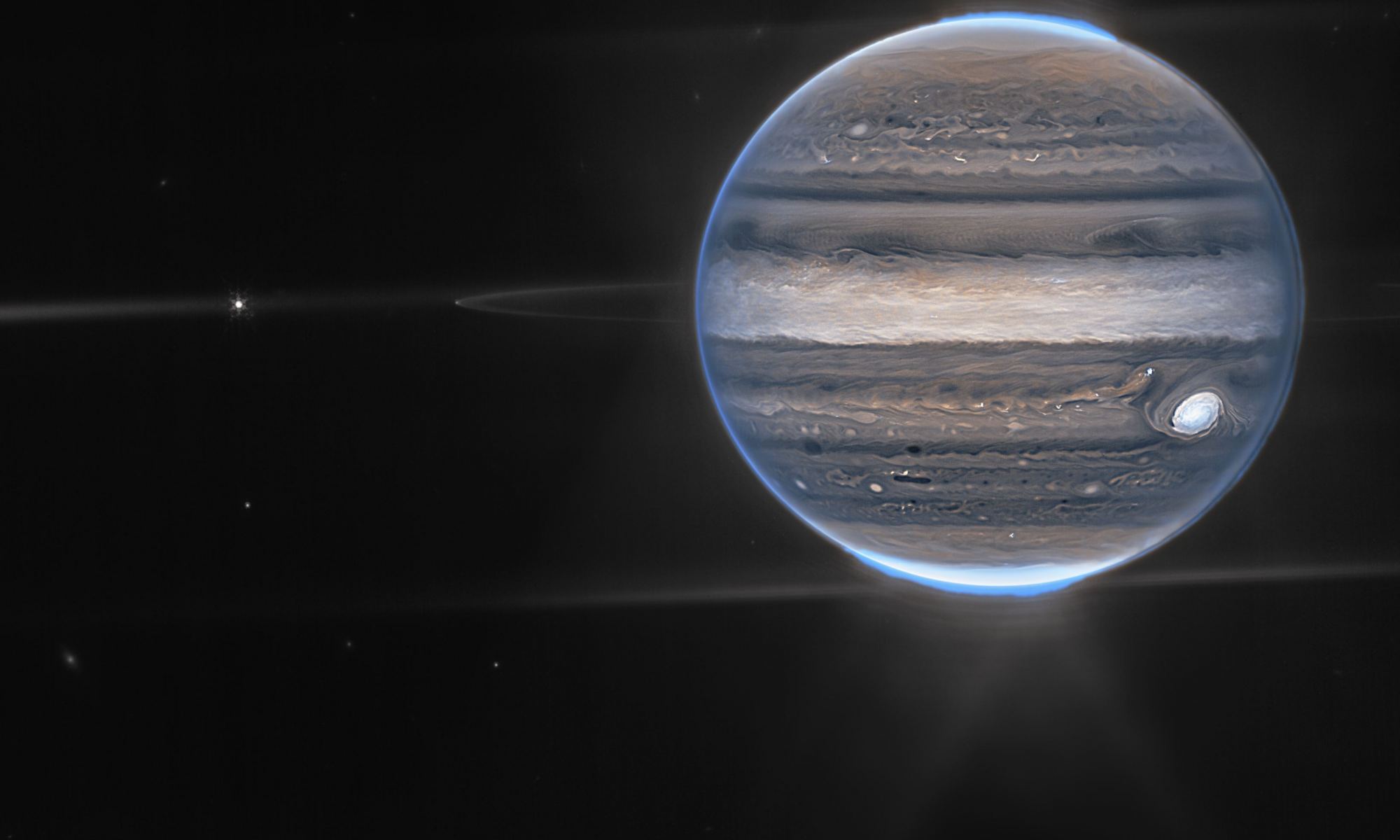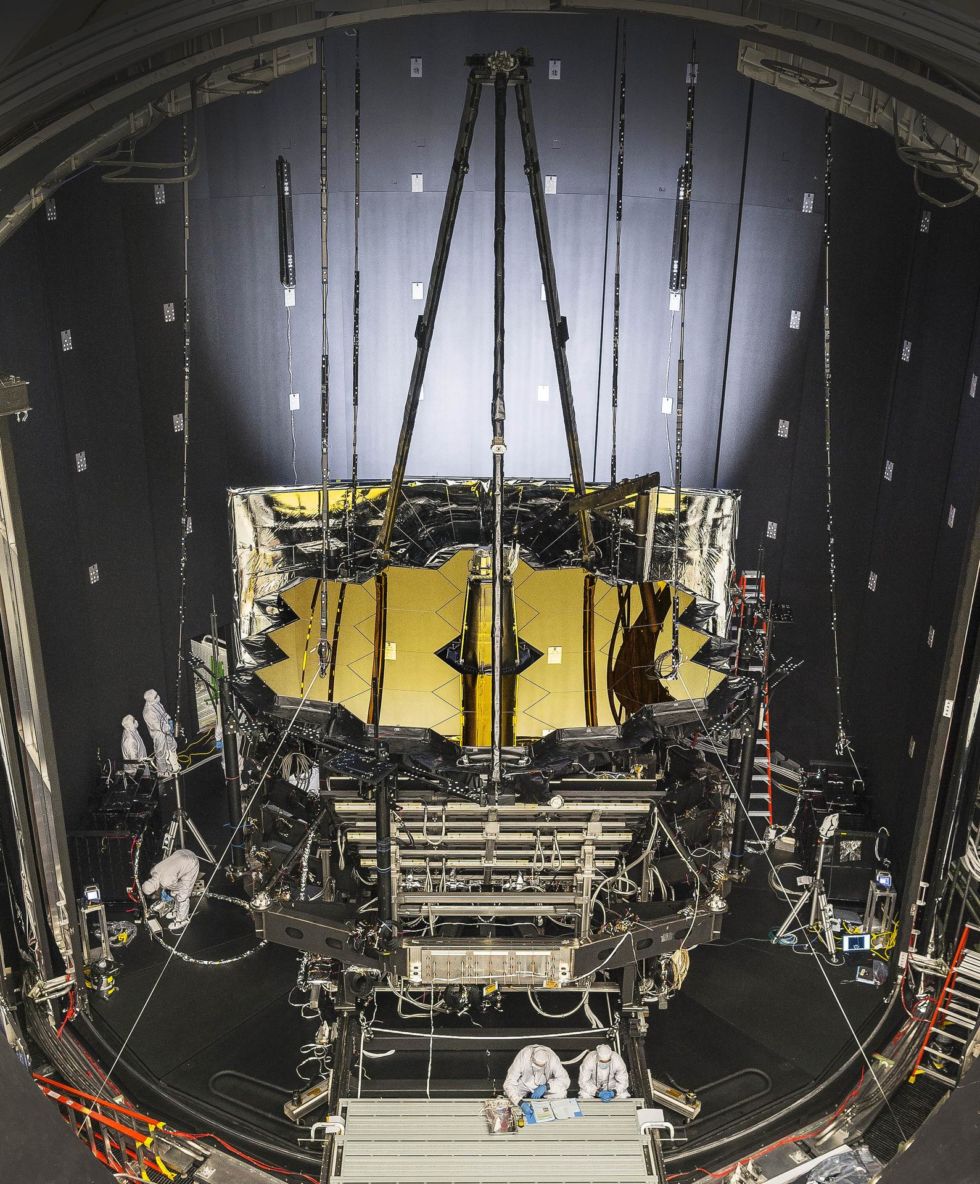NASA’s Spitzer Space Telescope served the astronomy community well for 16 years. From its launch in 2003 to the end of its operations in January 2020, its infrared observations fuelled scientific discoveries too numerous to list.
Infrared telescopes need to be kept cool to operate, and eventually, it ran out of coolant. But that wasn’t the end of the mission; it kept operating in ‘warm’ mode, where observations were limited. Its mission only ended when it drifted too far away from Earth to communicate effectively.
Now the US Space Force thinks they can reboot the telescope.
Continue reading “Could We Resurrect the Spitzer Space Telescope?”
